Robert’s Responsible Dog Training
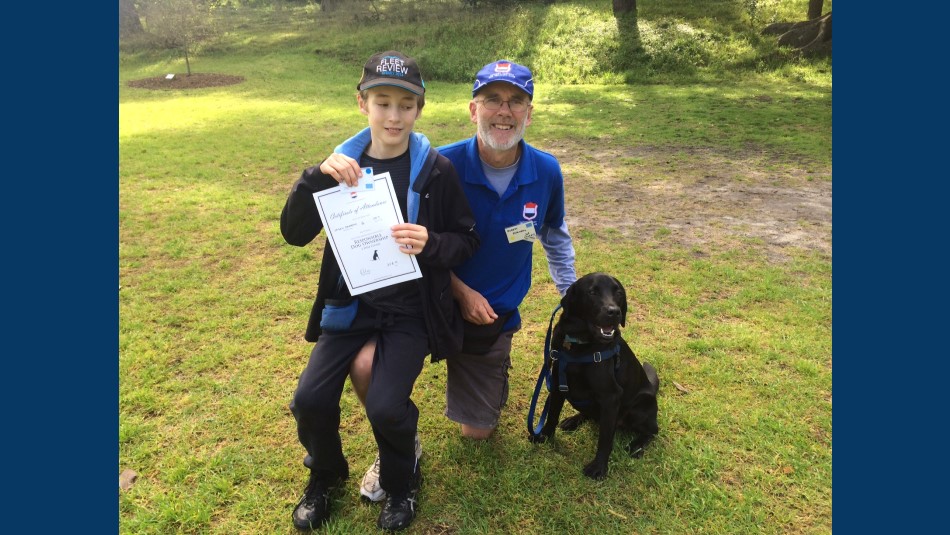
Responsible Dog Training
Drawing on over 20 years of experience as a dog owner and trainer, Robert is writing a guidebook on dogs and dog training, Robert’s Responsible Dog Training.
The book will provide dog owners with a structured six-week program covering the essential skills to train and care for their dogs. And extension exercises to extend and enrich a dog’s training.
Robert will also share anecdotes and case studies based on his dogs, dog training and everyday dog walking encounters.
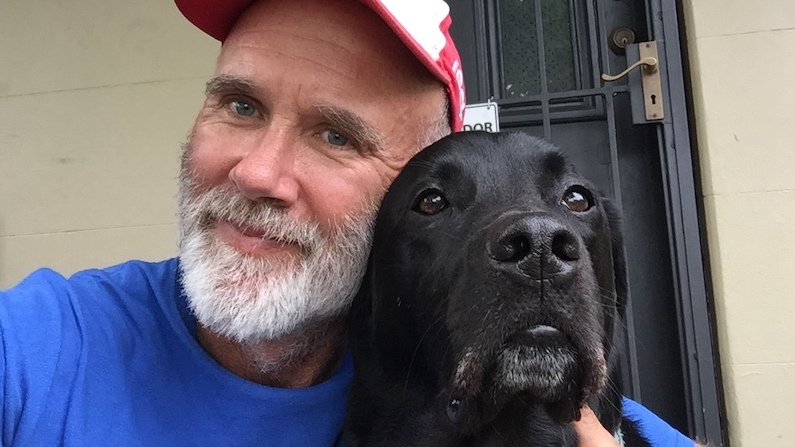
Robert’s Background
In 1972, ten-year-old Robert pestered his parents into letting him have his first dog, a yellow lab puppy he named Duke, and who lived at the family home to the grand old dog age of sixteen.
After travelling and living overseas for many years, Robert adopted a six-month-old named Harry in 1999. And the following day, he joined a local dog club to train and socialise Harry.
Dog Training
Having worked his way with Harry from the beginner to higher classes at the dog club and gained obedience titles, Robert became a volunteer instructor in 2001.
After a dozen years of delivering the club’s adult dog beginner classes, Robert coordinated the program relaunch in 2014 as the Responsible Dog Ownership (RDO) Course.
He also helped integrate the club’s puppy classes with the new RDO Course and implement a transition class to the higher training classes.
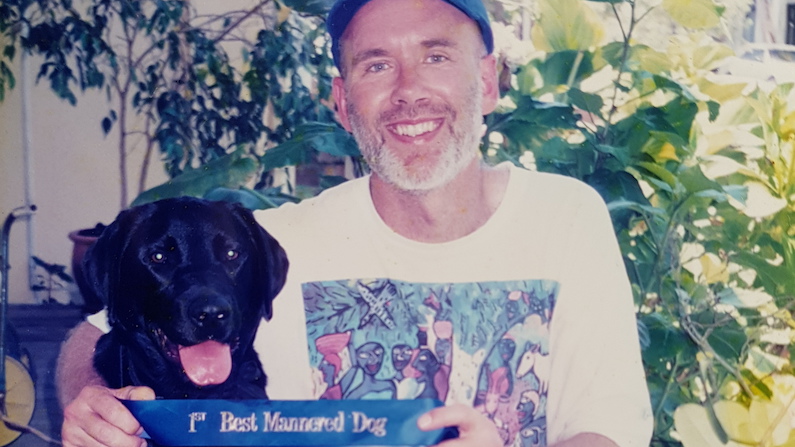
For several years, Robert ran a “Can I Pat That Dog?” workshop for children. He is also a moderator for the Queens Park (Sydney) Dog Walkers and Eastern Suburbs (Sydney) Dog Lovers Facebook groups. And Robert is an associate member and shares the vision of the Association of Pet Dog Trainers (APDT) Australia:
That all dogs are trained using force-free, positive reinforcement methods.
Reactive Dogs
In 2014, two years after dear old Harry’s passing, Robert adopted a two-year-old black lab named Jet, who joined the family with some “baggage”.
With the help of fellow dog trainers, Robert used positive reward-based methods to modify Jet’s reactive behaviour, and he’s become a much-loved member of the family.
N.B. Robert shared Jet’s Forever Family story on Tall And True in 2017.
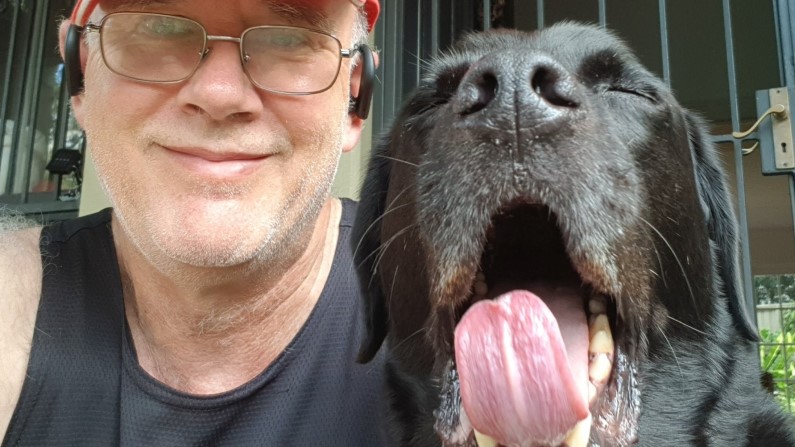
Signs of reactive dogs include:
- The dog may be fearful and spend the whole class with its tail tucked between its legs or hiding behind its owner.
- The dog may be anxious, barking and lunging at other dogs and possibly other class members and the trainer.
- The dog may become aggressive, similar to the above, only in a “fight” rather than “flight” mode.
Positive Reward-Based Training
Broadly speaking, there are two schools of thought when it comes to dog training: the traditional aversive approach and the more modern positive reward-based method.
In aversive training, the dog performs the desired behaviour to avoid a negative consequence:
- If a dog is straining on its leash, the owner jerks back, causing discomfort around the dog’s neck. This can be amplified by using a constriction collar, e.g. a choker chain. The dog learns to walk beside its owner to avoid discomfort.
- Similarly, if a dog is jumping up on its owner or other people, the owner punishes the dog, verbally, physically or both. The dog stops jumping to avoid punishment.
- The dog may be anxious, barking and lunging at other dogs and possibly other class members and the trainer.
- The dog may become aggressive, similar to the above, only in a “fight” rather than “flight” mode.
With positive reward-based training, your dog performs the desired behaviour because it receives positive reinforcement and rewards for doing so:
- To encourage your dog to walk loose-leash, lure him or her beside your leg and reward with a treat. The dog learns walking calmly beside you earns rewards.
- To discourage jumping, don’t punish your dog, ignore it. The dog learns jumping up is not earning rewards and tries something that worked in the past, like sitting. Reinforce the sit by rewarding your dog with a treat.
Contrasting Approaches
This is only a brief overview of these contrasting approaches to dog training, and advocates of both can argue it does not detail all the pros and cons. Others will contend there are variations within each. And then there is “balanced training”, which combines aspects of aversive and positive reward-based methods.
Robert used aversive techniques, including choker chains, in his early days as a dog trainer. However, as he learned new and more positive ways of interacting with dogs, Robert changed his thinking and training.
This is why today, Robert only advocates using positive reward-based methods for dog training. And why Robert is a proud associate member of the Association of Pet Dog Trainers (APDT) Australia.
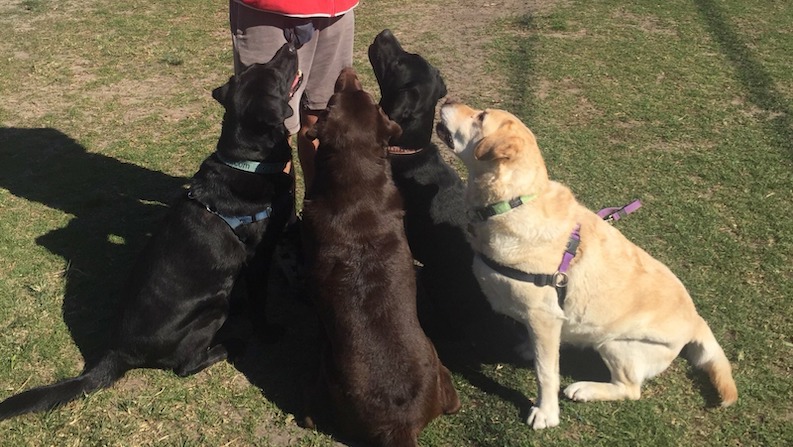
Please note: You can learn more about the benefits of positive reward-based training on the RSPCA Australia and Australian Veterinary Association (AVA) websites.




